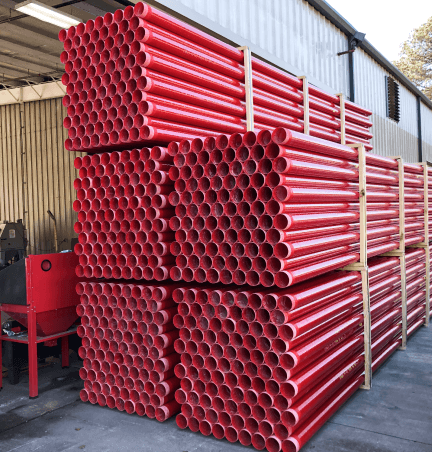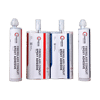
There’s a serious public safety issue in California right now. Wildfires are raging and closing in on LA. High winds are stoking the situation that has far-reaching implications on citizens and the economy.
These aren’t the typical wildfires, prompted by dry weather and Santa Ana winds, that plague the state. Public utilities have admitted their equipment may have caused flashes and flares that spark dry vegetation like trees, and repairs may take 10 years and involve intermittent blackouts.
Wildfires are a threat to public health and safety in California. Consider the implications on infrastructure like traffic, public health in food supply with no refrigeration and hospitals forced to rely on back-up generator capacity.
On top of that, Californians will be forced to navigate daily tasks without power. There will be everyday challenges for customers like garage doors that won’t open, food that spoils and no WiFi for work or school productivity. Plus, there’s high demand for generators to cover basic needs, if you can afford it.
There are also serious consequences for business and the state’s economy, as the preventive measure of intermittent blackouts has forced some businesses to close. In a CNBC article, Michael Wara of the Stanford Woods Institute for the Environment estimated that the economic cost of the power shutdown could reach $2.5 billion.
There is, however, a safer solution than trimming trees. California should bury transmission lines in densely populated areas and canyons to protect their citizens and prevent economic disruption and serious public health and safety implications. Burying transmission lines protects them from high winds, snaps and sparks that result in wildfires stoked by weather events.
It is estimated that this solution would take a fraction of the time – 2 years as opposed to 10 years – that utilities are saying it would take to repair equipment and trim trees.
Here’s how fiberglass conduit offers a solution to this serious public safety and economic issue:
- Fiberglass conduit with wall thickness of .25” can carry high-voltage transmission lines of 125KV and higher with a thicker-wall custom solution.
- Fiberglass conduit will not melt like PVC conduit often does at cable faults nor will the wire weld to the inside of the conduit as happens often with steel conduit under cable faults.
- The lower coefficient of friction for fiberglass conduit allows for much longer pulls and a longer distance between boxes/vaults in contrast to PVC conduit and steel conduit.












